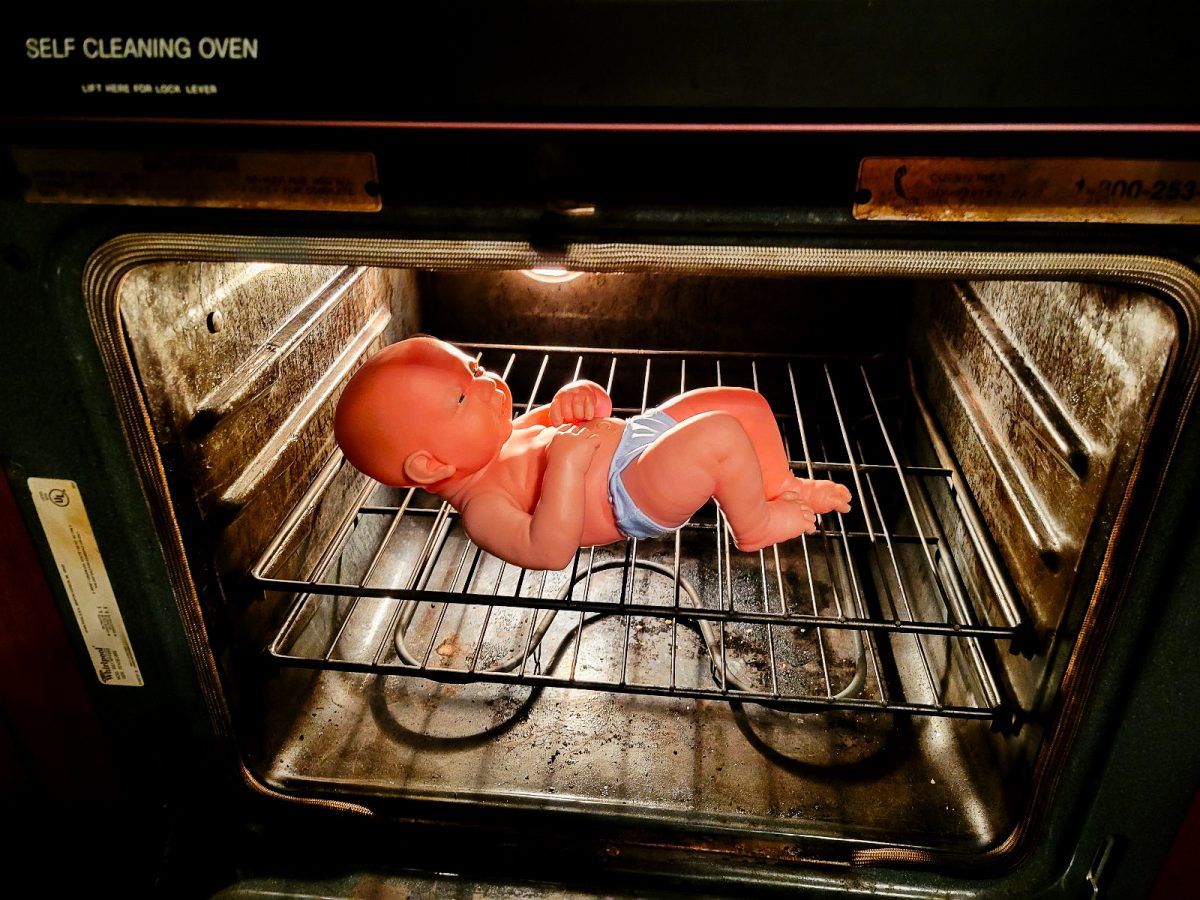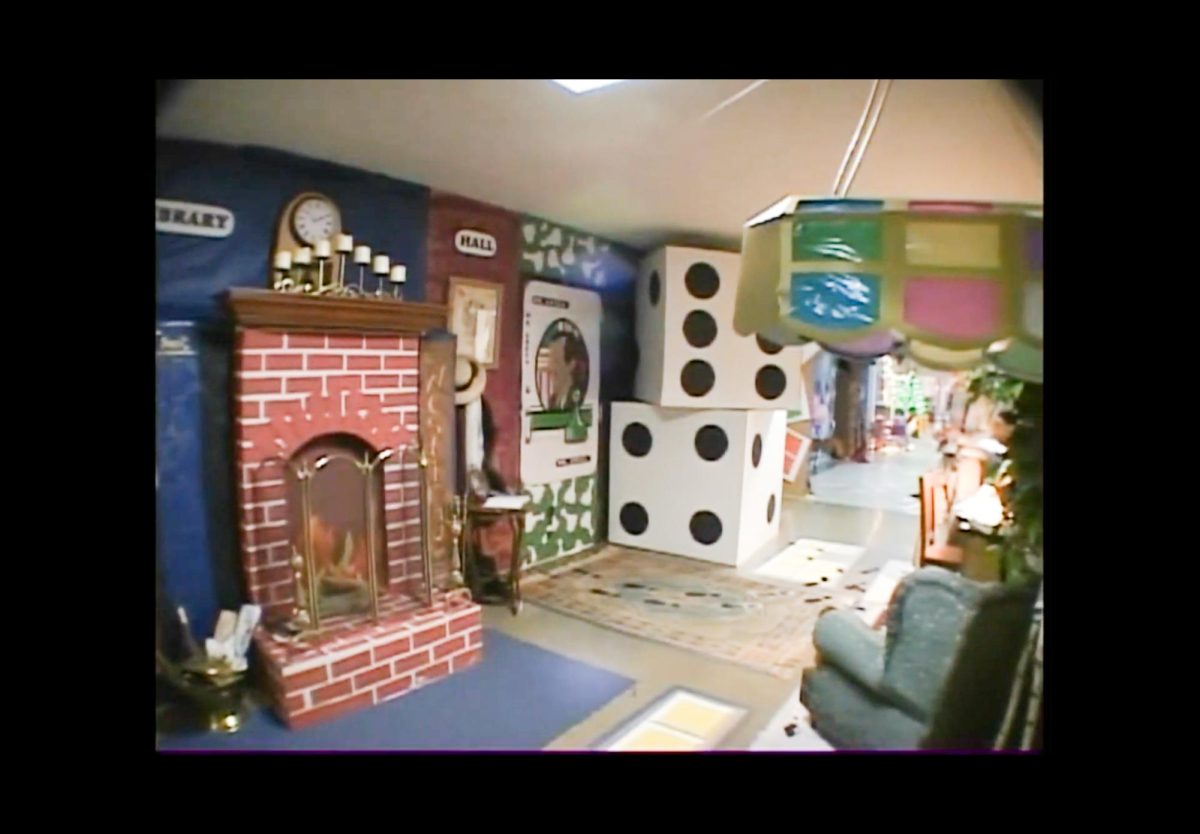A video of a conceptual external gestation facility known as Ectolife has made its rounds on the internet and it horribly misrepresents artificial womb technology. The 3D modeled video shows rows of developing fetuses in glass and metal chambers hooked up to plumbing and large tanks. The neat rows of developing children remind many of the fetus fields from the Matrix and give the impression that humans are now being farmed or industrially produced.
It is necessary to establish that currently artificial wombs are devices meant to help premature babies continue their development. The artificial wombs are meant to help alleviate issues such as under-developed lungs in the infants. In order to do this the wombs have the babies floating in synthetic amniotic fluid which is meant to act as a substitute for the amniotic fluid within their mother’s womb. The baby would then get its oxygen from tubes attached by neonatologists to the blood vessels within the umbilical cord.
In addition, according to an article from the MIT Technology Review, answering when complete ectogenesis will be available:
“Not anytime soon. Maybe not ever. […] The problem is twofold. First, fetal development is a carefully choreographed process that relies on chemical communication between the pregnant parent’s body and the fetus. Even if researchers understood all the factors that contribute to fetal development—and they don’t—there’s no guarantee they could recreate those conditions.”
There is no need to worry about the eradication of human birth within the foreseeable future because there is simply not enough data nor anything near the necessary technology. The current technology has not even hit the market and making the tech work with smaller fetuses increases the difficulty and complexity exponentially due to the plumbing and systems required. The development of a human fetus is too complicated for the moment and even if the technology were to arrive the process of reaching human trials and then making it through the rigorous standards which would be applied would make it near impossible to see this technology within a generous 20 years.
Actually, the main artificial wombs in development are built with the intention of saving premature babies which are a major problem even in developed countries. According to an article from the Guardian in June 2020 premie babies are a leading cause of children’s health issues:
“In countries with good hospitals, there is a 24% chance of keeping a baby born at 23 weeks alive. But 87% of those who make it will experience major complications, such as lung disease, bowel problems, brain damage and blindness. While more extremely premature babies are surviving in wealthier countries, the number growing up with chronic conditions has also increased dramatically. Preterm birth is the greatest cause of death and disability among children under five in the developed world.”
Furthermore, the same previously mentioned MIT article from 2023 agrees and states:
“When researchers looked at babies born between 2013 and 2018, survival among those who were resuscitated at 22 weeks was 30%. That number rose to nearly 56% at 23 weeks. And babies born at that stage who do survive have an increased risk of neurodevelopmental problems, cerebral palsy, mobility problems, hearing impairments, and other disabilities.”
The purpose of developing an artificial womb is to give these premature babies which have not had the time necessary to develop a better chance of developing more so that they have better odds when finally brought into pediatric care. The womb-like environment of the synthetic womb allows the child to avoid the dangerous factors of the outside environment which is so dangerous to them. With this developing technology there is a chance that we can reduce these negative health effects of premature birth and further improve infant mortality rates around the world.
When could this technology enter use? The closest to human trials is the EXTrauterine Environment for Newborn Development (EXTEND for short) which is being developed by Vitara Biomedical and was invented at the Children’s Hospital of Philadelphia. The problem standing between this technology, which has worked on many lambs and even some piglets, is the proof that it will offer better chances of survival than current methods of care for premature infants. Without definite proof getting such convention breaking technology in cycle will be nearly impossible. However, there is a current detriment to the technology in that it requires the infant be birthed by Cesarean Section to enter the artificial womb. This does bring along with it the increased risk of infection and other side effects of Cesarean Sections.
This technology is on the rise and could be the next large step in neonatal care. In the future we may be able to soon see infant deaths and disabilities drop to an all time low with the assistance of an artificial womb.









